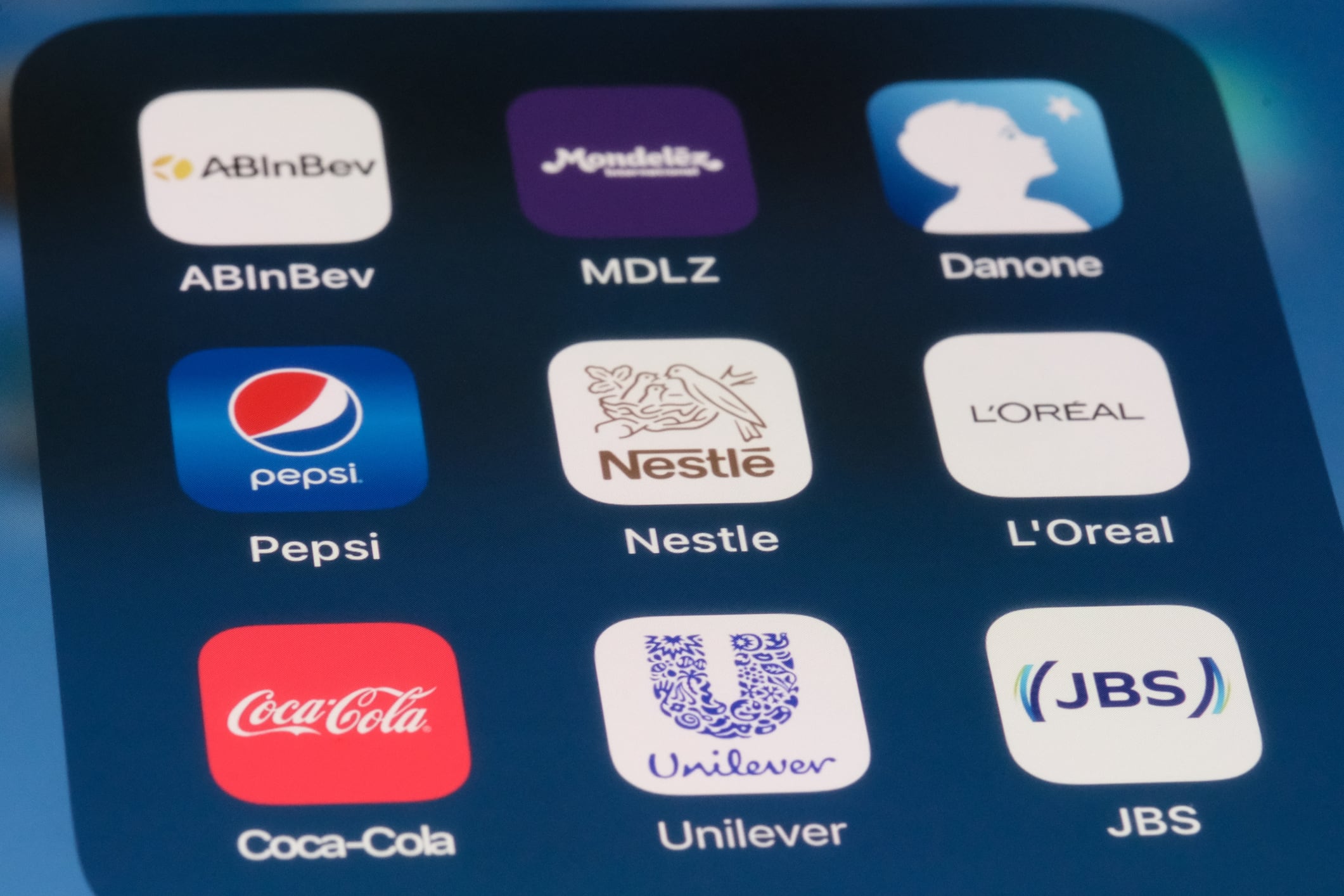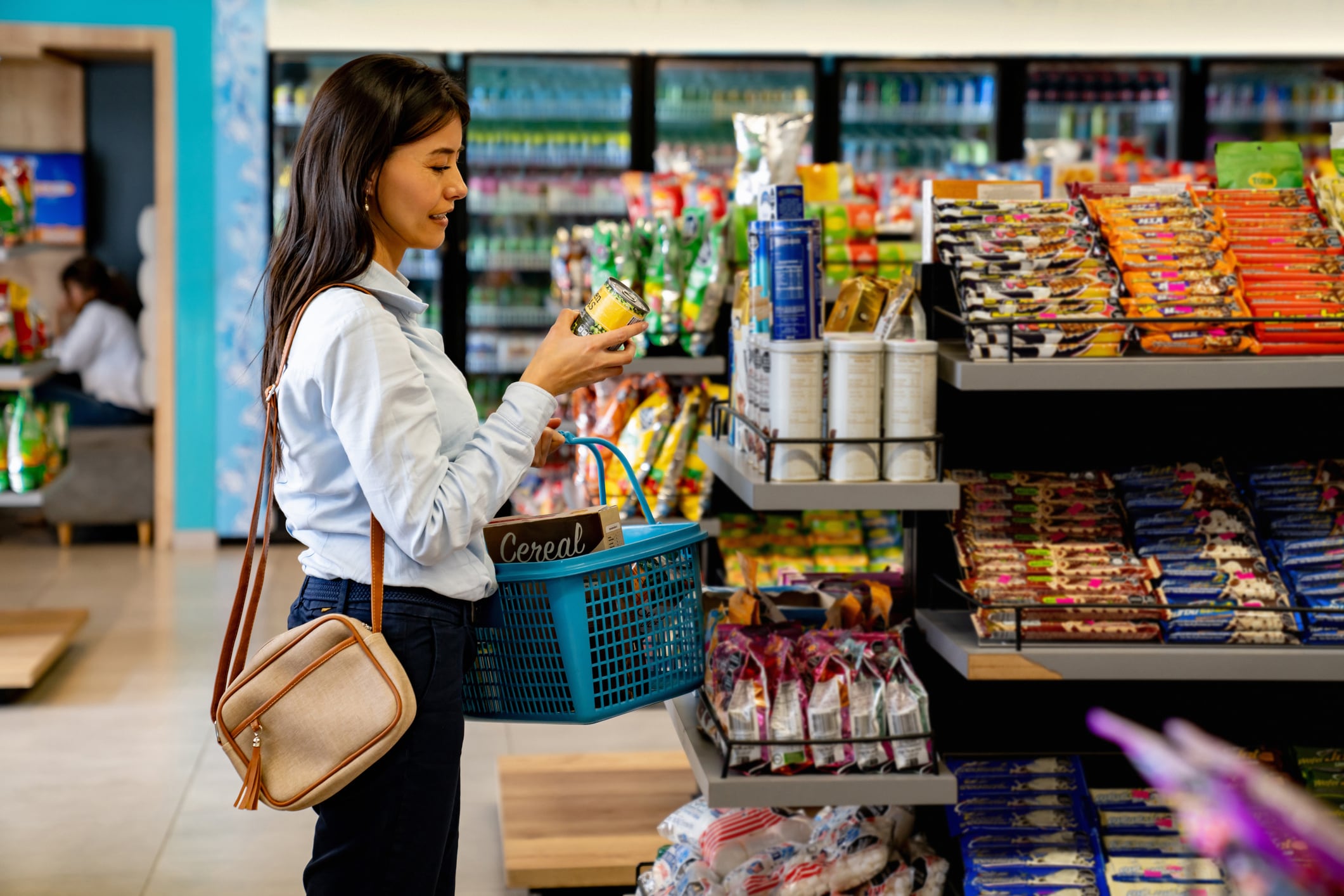As snacking continues to evolve from a mindless indulgence to a more functional and intentional activity, economic and health pressures are reshaping how consumers approach the snack aisle, according to a SPINS report.
The dual impact of inflation and the growing influence of GLP-1 drugs for weight loss is prompting consumers to be more selective about the snacks they buy, in terms of price and nutritional profile, Evonne Chan, data analyst at SPINS, said, referencing the firm’s recent report The Evolution of Snacking: From Impulse to Intention during the Sweets & Snacks Expo last month.
Navigating price pressures: Bulk buys and private label growth
“Inflation is a tough one,” said Chan. “And every time we see inflation, there will also be growth in customers going to private label, especially in snacks.”
As consumers look to stretch their dollars, Chan notes a shift toward buying in larger quantities or reducing shopping frequency altogether.
“They might gravitate towards buying in bulk, if that’s cheaper, or a certain customer might choose to purchase less frequently,” she explained.
With tighter budgets, brand messaging becomes even more critical.
“Really having a strong message around your product, instead of being a product that is for everyone, you have to kind of double down on what is truly important to your brand,” said Chan. “That will make a brand successful in a time of high inflation.”
Manufacturers are also narrowing their focus, she said.
“A lot of brands will try to focus their assortment on a core, few products that they know resonate very well with customers, and they might cut off the tail for the time being, until they can see that opportunity to bring that back.”
GLP-1 drugs drive demand for better-for-you snacks
At the same time, the rise in GLP-1 usage is changing what consumers want from snacks. With suppressed appetites and a sharper focus on nutritional efficiency, GLP-1 users are fueling demand for high-protein, high-fiber snacks that help them meet their dietary goals between smaller meals, Chan said.
She pointed to industry reports predicting a potential dip in snacking volume as more consumers adopt these medications.
“They are expecting to see a drop in snacking as more consumers get on these types of GLP-1 drugs,” she noted. “We’re tracking that just to see if that remains true.”
In response, CPG companies – including the largest players – are adjusting their innovation pipelines accordingly.
“Moving towards products that are functional will always help in this space,” she emphasized.
The challenge for snack makers, Chan added, is offering options that help GLP-1 users meet their nutrient needs without requiring large portion sizes.
“Consumers on GLP-1 drugs are looking to hit that protein number, looking to hit that fiber number, and they might not have the appetite to eat full meals to get that, and so they might get there with their snacks,” she said.
Functional snacking and global flavor exploration
While affordability is top-of-mind, consumers have not abandoned their desire for snacks that taste good and do good.
“A lot of consumers snack both impulsively and intentionally,” said Chan. “They want their snacks to not only taste good but also be functional” to achieve health goals.
That intersection of taste and function is fueling growth across a few key areas, Chan added.
“We are seeing a lot of growth in fresh snacking,” she said, pointing to items like yogurt, cottage cheese and even whole fruits – once overlooked as a snack but now gaining traction due to their health halo.
Flavor and texture are also major drivers that deliver novelty and a sensory experience for snackers.
“We see a lot of influence coming through whatever is popular in the condiments aisle, sneaking in through snacks that way,” she said. “Think spicy. A lot of people know that hot honey has been huge for a while now.” She added that texture innovation – like the Nerds Gummy Clusters where crunchy-meets-gummy or the ongoing freeze dried candy trend – also adds novelty that draws in new consumers.
Meanwhile, global flavors remain a strong driver for consumers looking to explore regional cuisines and flavors in a portable form. “When we look at snack products by country of origin, those from different countries are growing – countries like China and also Japan,” said Chan. “They always bring a different kind of flavor to the snack aisle and also different textures as well.”



